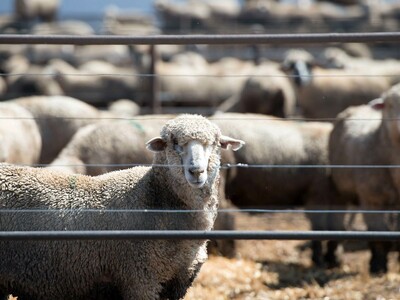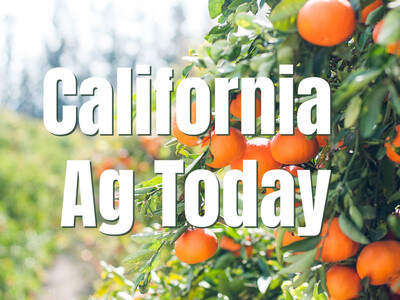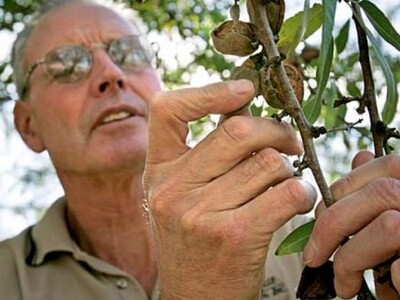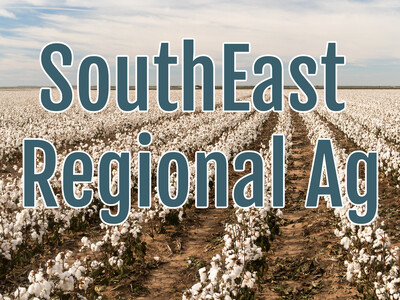Grant Helps NW Water
Grant Helps NW Water. I’m Greg Martin with today’s Line On Agriculture.
On Friday, Ag Secretary Tom Vilsack announced $26 million dollars would be made available for Conservation Innovation Grants for projects that test and prove innovative approaches to conserving America's private lands. Here in the northwest, an Oregon company received $1.5 million for water projects.
VILSACK: To build out a pilot project that you’ve been working on for some time to improve water quality and water temperatures. The Freshwater Trust and the Willamette Partnership have been working for 5 years to develop what we like to refer to as a water quality or water quality or water temperature market essentially paying landowners to plant shade trees and other conservation practices that allow the water temperature for the water the city of Medford uses in their wastewater treatment facility to be cooler so that when the city uses it, it’s put back in the stream, it doesn’t adversely affect the salmon.
The project by The Freshwater Trust has been very successful for the city of Medford and the Rogue River.
VILSACK: So we’d like to see this expanded to the states of Washington and Idaho and expanded in Oregon to create credits that can be traded and purchased by wastewater treatment facilities or power plants throughout the three state area in order to allow them to meet regulatory responsibilities and to mitigate the negative environmental consequences of whatever they’re doing.
Vilsack says this is an incentive based system that has a lot of potential for the northwest.
VILSACK: The resources are being provided to the Trust and the Partnership to allow them to go out and do outreach and to build the infrastructure that would allow these credits to be traded in a market. Going to power companies, going to waste water treatment facilities that have environmental responsibilities that they can meet by either building a cooling plant or a treatment facility. That’s pretty expensive. That’s what we refer to as gray infrastructure. Replacing that gray infrastructure costs with what we like to refer to as green infrastructure.
He says they can obtain the same results but giving farmers and landowners incentives for conservation measures.
VILSACK: But it’s not just in the northwestern part of the United States. We’re also seeing similar projects in the Ohio river basin and in the Chesapeake Bay area that we’re incenting as well with these grants. So it’s a new opportunity. We’re excited about it. I think it reflects a creative approach to environmental stewardship. It creates a new economic opportunity to strengthen the rural economy and I think it establishes a more beneficial relationship between government and landowners.
That’s today’s Line On Agriculture. I’m Greg Martin on the Ag Information Network.

















